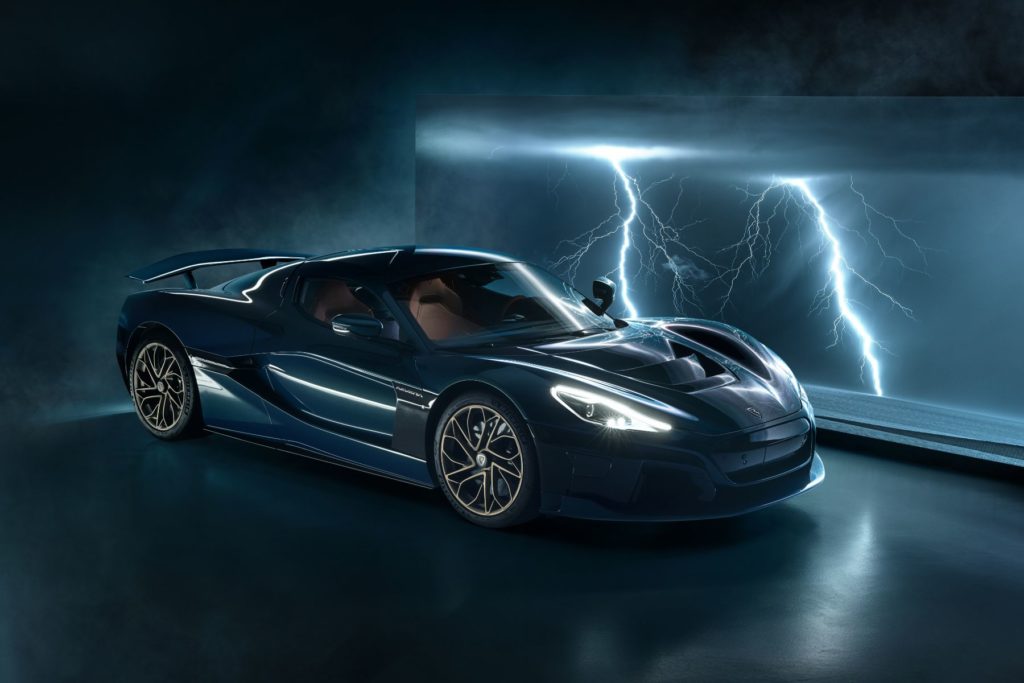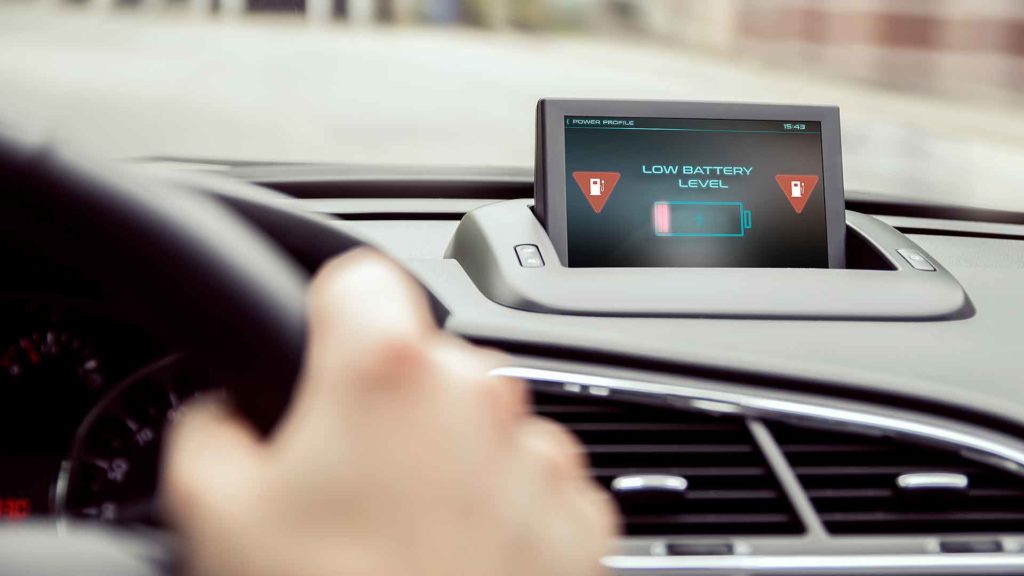Just like running out of petrol or diesel in a conventional car, letting your EV’s battery run flat should be avoided if possible. The inconvenience it causes will be major – and it could affect the long-term health of the battery, too.
Indeed, with an electric car, there will be no friendly good Samaritan with a can of kilowatts to pour into your tank. Or give you a quick jump-start. Your vehicle may need to be lifted onto a flat-bed truck and carried to a charging point.
You then face another inconvenient delay before the batteries have charged sufficiently to continue your journey.
How likely are EVs to run out of charge?

Frankly, there’s little excuse for being left stranded. The range display or battery gauge on the car’s dashboard will give you plenty of warning, and your sat-nav, Google Maps or the Zap Map app can point you to the nearest charging point when needed.
The majority of electric cars also have an integrated de-powering system. If the electronics detect you are close to running flat, the power available to drive the car will be decreased and its speed limited. This should give you the best possible chance of reaching a charging point.
Can I tow an electric car?
Many electric cars can’t be towed in the old-fashioned sense, with a rope or bar behind another vehicle. This is because of how the electric motors are connected to the wheels, including the absence of a neutral gear.
Some modern EVs do have a tow mode, but most need to be loaded onto a flatbed trailer. Some can also be towed on a ‘dolly’ where the front wheels are raised and the rears remain on the road. Check your car’s handbook carefully before taking action.
What happens if my EV battery runs flat?

Breakdown recovery companies have responded to the growth of electric cars. RAC patrol vans, for example, are now fitted with a lightweight 5kW electric car chargers that give a 10-mile boost help drivers reach the next charging point.
A spokesman told Motoring Electric the EV Boost service can also be deployed if motorists reach a charger, discover it’s faulty, and don’t have enough range remaining to reach another charger.
It doesn’t require the vans to lug around heavy batteries, either. Power is generated from a second alternator fitted to the engine. The 10-mile top-up could take just 10 minutes by the roadside.
Vans carry ‘EV Boost’ branding and a bright green logo. This alone, hopes the RAC, might play a part in helping motorists overcome range anxiety, by knowing help is at hand in an emergency.
ALSO READ:
What is preconditioning and how can it boost your EV’s range?


Question ev car owner be prosecuted for running out power while on the motorway or going through a toll tunnel or bridge? I know with internal combustion engine car owners you can be prosecuted for running out petrol or diesel on these types of highways
Help is not “at hand” from the RAC. you might have to wait many hours for a patrol. To say it’s “at hand” is very misleading .